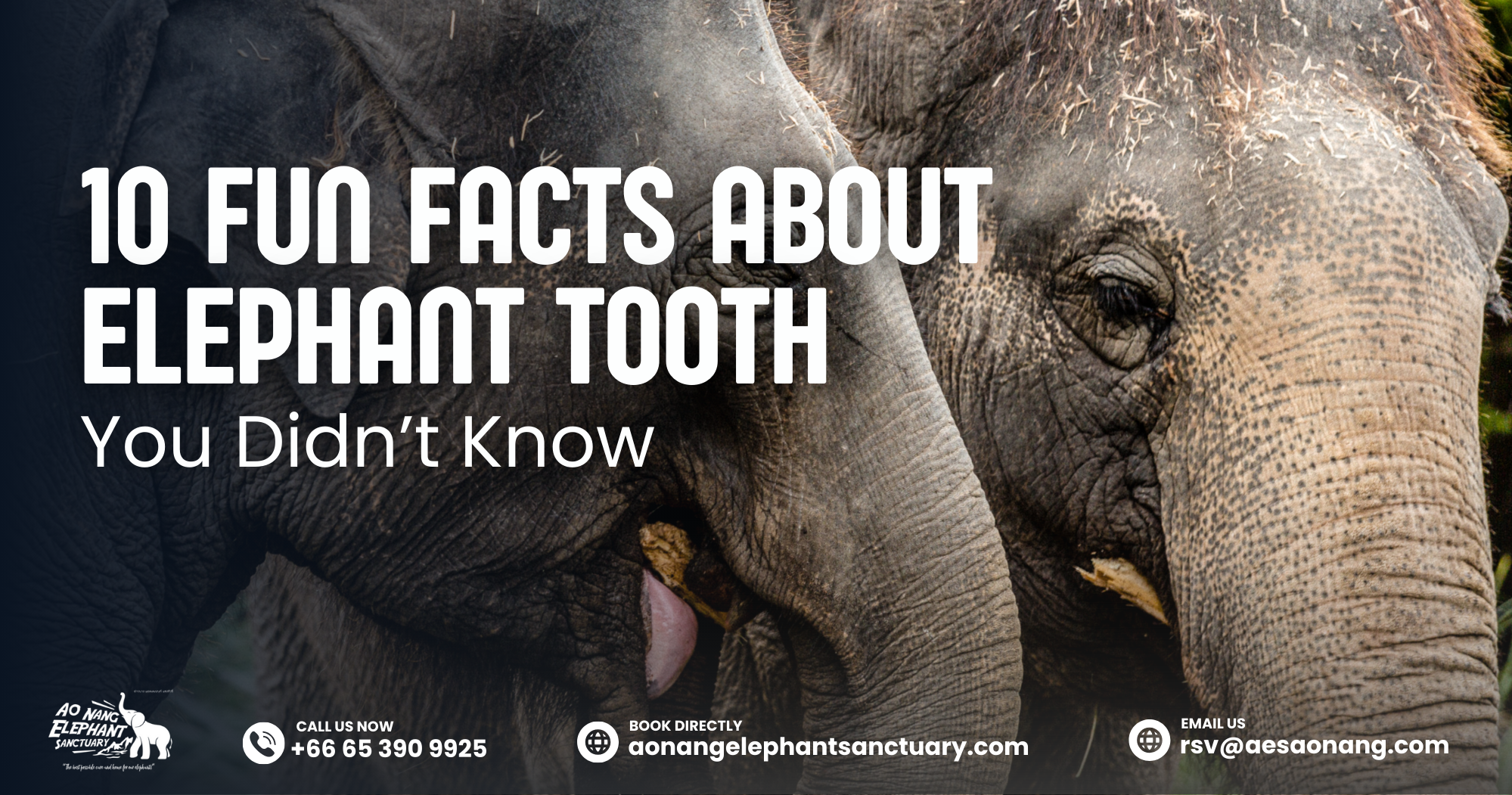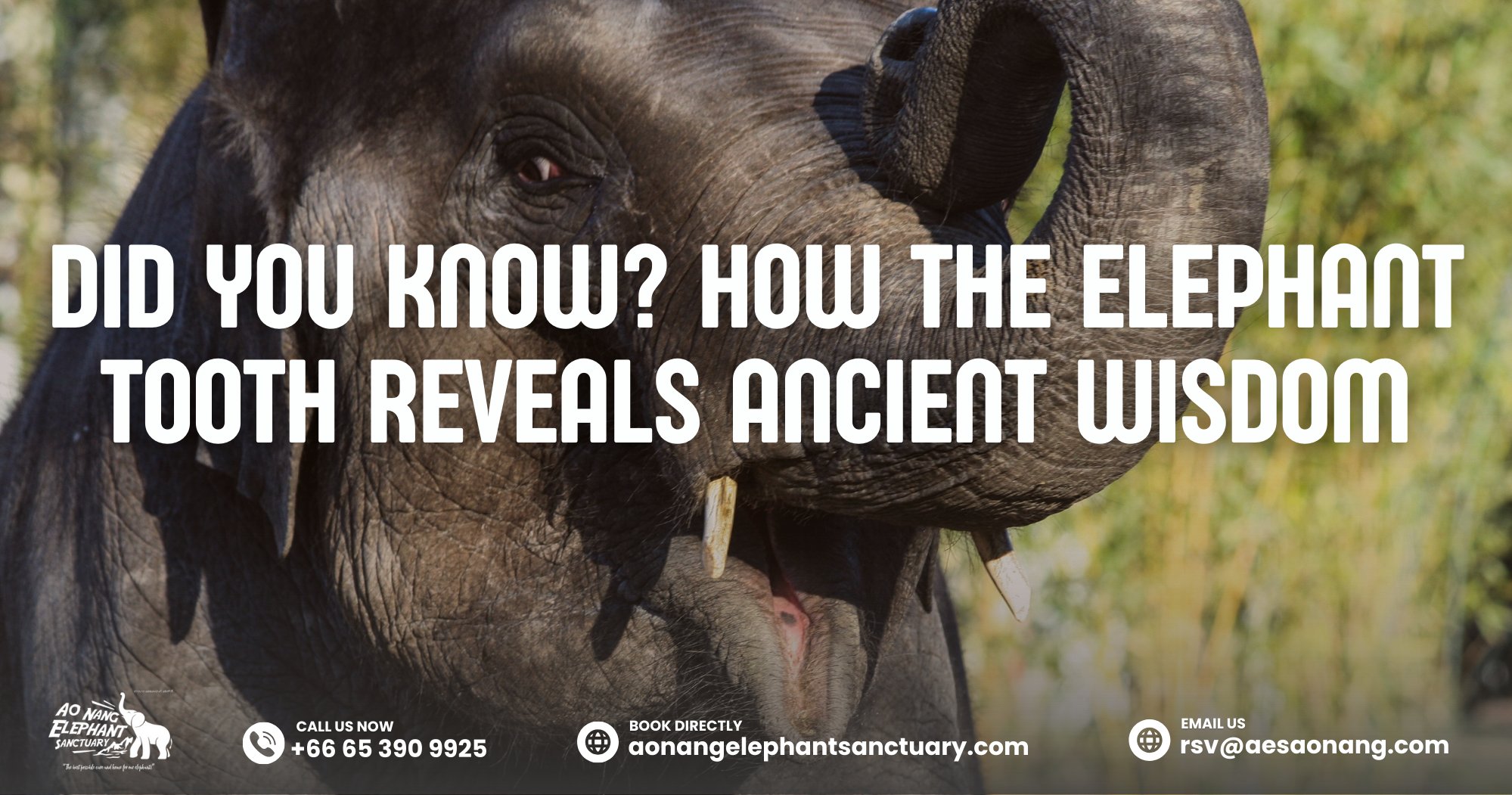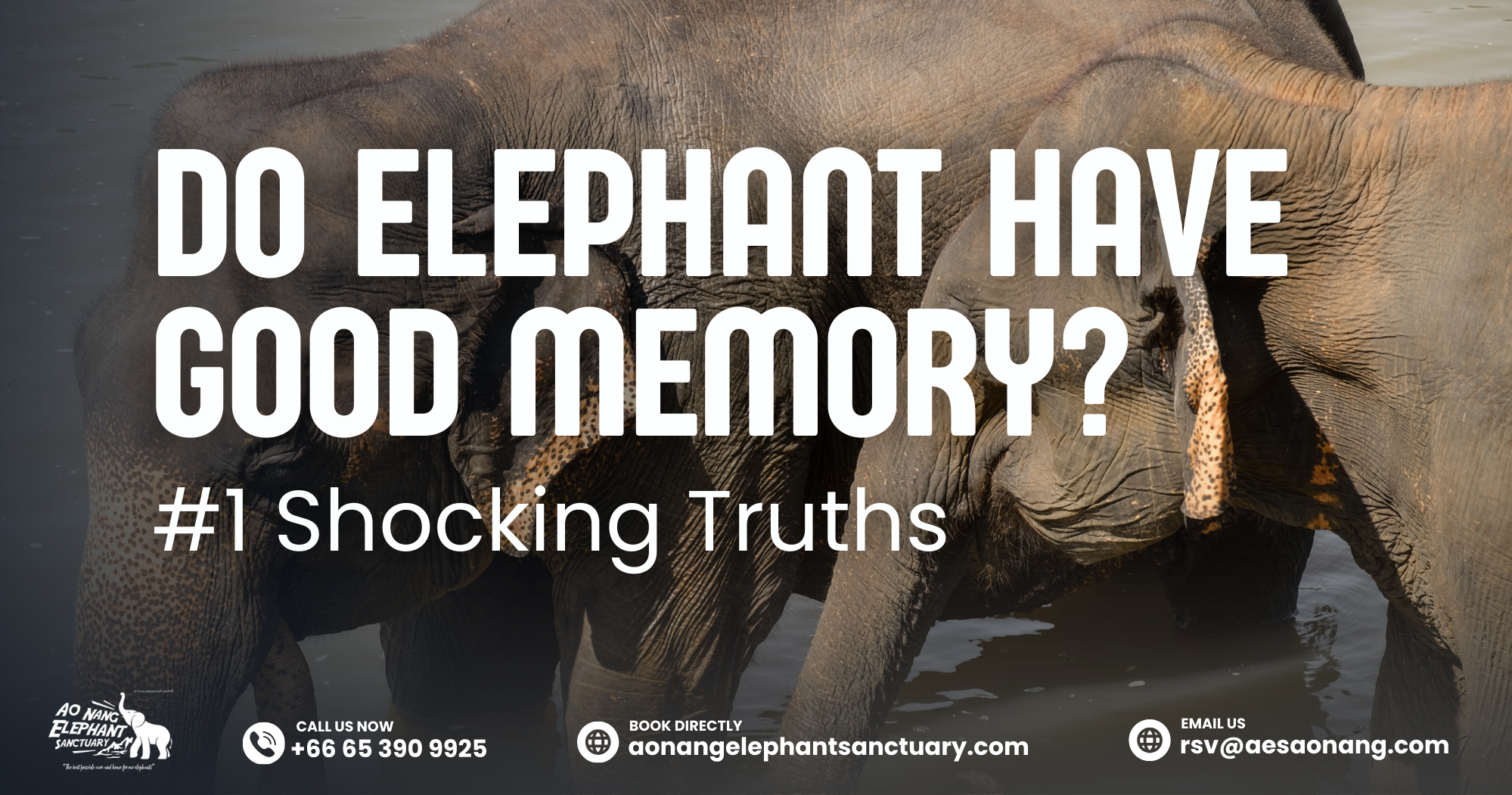Elephants are well known for their massive size, high IQ, and trunks. But what about their teeth? Very few people know most of the things about them. A tooth of an elephant is a wondrous component of its whole body, made up of the highest number of functions.
It was a critical element in feeding, and also played a part in changing animal age. We will be dealing with the most interesting, surprising, and funny elephant teeth along with their history in the telling work, which you probably don’t know yet.
Interesting Facts About Elephant Tooth
Elephants Have Just Four Molars At A Time
Elephants are not similar to humans in a way that they don’t have a great number of teeth arranged in rows. An elephant has only four molars in a confirmed period, i.e., one on each side of the upper and lower jaws.
These molars are giants, often around a foot long. Besides the usual flat surface, the textured surfaces of the molar help to grind down the food, which is very hard to chew, such as bark, roots, and fibrous grasses.
Elephant Molars Can Weigh Over 5 Pounds (2.2 Kilograms)
Furthermore, we can say that not only is the elephant’s tooth of a gargantuan size, but it’s also very heavy. One molar can have a maximum weight of 5 pounds (2.2 kilograms).
It is heavier than a brick! For the reason that elephants eat up to 300 pounds of plants every day, these powerful molars are the main instruments for their diet and digestion.
Teeth Are Replaced Six Times In A Lifetime
Elephants are different from mammals dental replacement point of view. For most mammals, the rule is that they are born with two sets of teeth. However, elephants are an exception as they go through six sets of molars. When the front molars are worn down because of the consumption of the tough vegetation, new ones gradually enter from the back.
The history of the old teeth is, in fact, natural. The horizontal change of the teeth is, indeed, a radically different method from the vertical displacement, which is common in humans and most other animals.
Final Set Of Teeth Determines Life Expectancy
So, the last set of molars in an elephant’s life is of no less than utmost importance. Once those molars are worn out, the elephant cannot manage to eat food properly, and thus it is inevitable that it will be followed by malnutrition and starvation.
In fact, it is the natural wear and tear in wild elephants, the primary cause of death among older individuals. This is the reason why the condition of an Elephant Tooth can be used to figure out its age.
Tusks Are Technically Teeth
Though we usually think of tusks as something separate, they’re actually modified incisors. Unlike molars, which are used for grinding, tusks serve different purposes. They’re used for digging, stripping bark from trees, defending against threats, and even moving objects. Tusks start growing when elephants are about a year old and continue to grow throughout their lives. In some cases, tusks can grow up to 10 feet long!
Tooth Wear Varies By Diet And Habitat
Even though we usually think of tusks as something separate from the rest of the teeth, in reality, they are the altered incisors. Compared to molars, which are meant for grinding, tusks serve the purpose of digging, stripping bark of trees, protecting from enemies, and even carrying things.
Asian And African Elephants Have Different Tooth Patterns
African and Asian elephants have different molars. The molars of an African elephant have more of a diamond-shaped pattern. Asian elephant molars, on the other hand, have more parallel, wavy lines. The species can be identified by the characteristics from fossils due to these differences in the teeth. The difference reflects some dietary and feeding behavior dissimilarity as well.
Elephant Calves Are Born Without Teeth
Elephants that have just been born do not have teeth that can be seen. Human babies are the same in that their teeth come out little by little. The first molars appear after a couple of months. At first, calves depend on the mother’s milk a lot and only start to chew vegetation when the first set of teeth has come by.
Dental Health Matters In Captivity
In the case of captive animals, the condition of their teeth can be a big problem if it is not good. An elephant may have trouble eating if a tooth is broken or not in the right position. Those who take care of animals keep an eye on how the teeth are worn, if they are positioned correctly, and if the oral hygiene is good.
They might get certain dental procedures such as trimming, cleaning, or if needed, even extraction, apart from monitoring. Their overall health relies a lot on preventive dental care.
Elephants Use Their Mouths As Tools
Elephants have their trunks for a reason; however, their mouths also perform as a tool. The molars are employed as tools to break up the stalks of plants that are too thick and even to chew the branches. Further, by moving the food around with the tongue and trunk, the elephants make the most of their chewing efficiency.
Did You Know? How The Elephant Tooth Reveals Ancient Wisdom
Scientists Study Teeth to Learn Elephant History
Scientists who are experts in the study of life in prehistoric times and the conservation of living things in the present frequently inspect the elephant tooth to determine the age of the elephant, its species, and even to find out what kind of food the elephant was fed on in the past.
Fossilized elephant tooth teeth are a record of environmental changes, shifts in migration, and evolutionary differences. Some very ancient elephant species had teeth with a different shape, and they were adapted for grasslands or forests. By studying them, it is possible to learn about events and challenges in the past as well as today that are still affecting elephants.
Elephant Teeth Are Like Moving Conveyors
Elephant tooth movements are probably the most interesting thing in the world. Our teeth grow out of the gums vertically, while elephant molars move from the back of the jaw horizontally. The process of a new tooth coming out at the back of the mouth causes the older teeth to move forward and fall out gradually. This system is quite a novelty among the mammals, and it is perfectly suitable for the elephant’s going on with grinding food that is tough for a long time.
Caring For Elephant Teeth, Caring For Their Future
An elephant’s tooth is something really far beyond the mere function of mastication. It is a log of the mental and physical condition, age, food, and evolutionary changes. From their massive molars to their iconic tusks, elephant teeth narrate a history of might.
No matter if they are in the wilderness or in a haven, it is of great importance to take care of these teeth to be sure that these gentle giants will have a long and healthy life.
If you are interested in seeing the elephants’ teeth in action, from grinding huge bundles of food to stripping the bark of trees, then a trip to Ao Nang Elephant Sanctuary would be just the thing. Our ethical, hands-on experiences allow you to observe and learn from these amazing animals in a respectful, safe environment.
Book your visit today and get a close-up of the fascinating world of elephant anatomy.
Reserve your spot now to get a chance to meet Asian elephants!
- Phone: +66 65 390 9925
- Email: [email protected]
- Book directly at aonangelephantsanctuary.com




